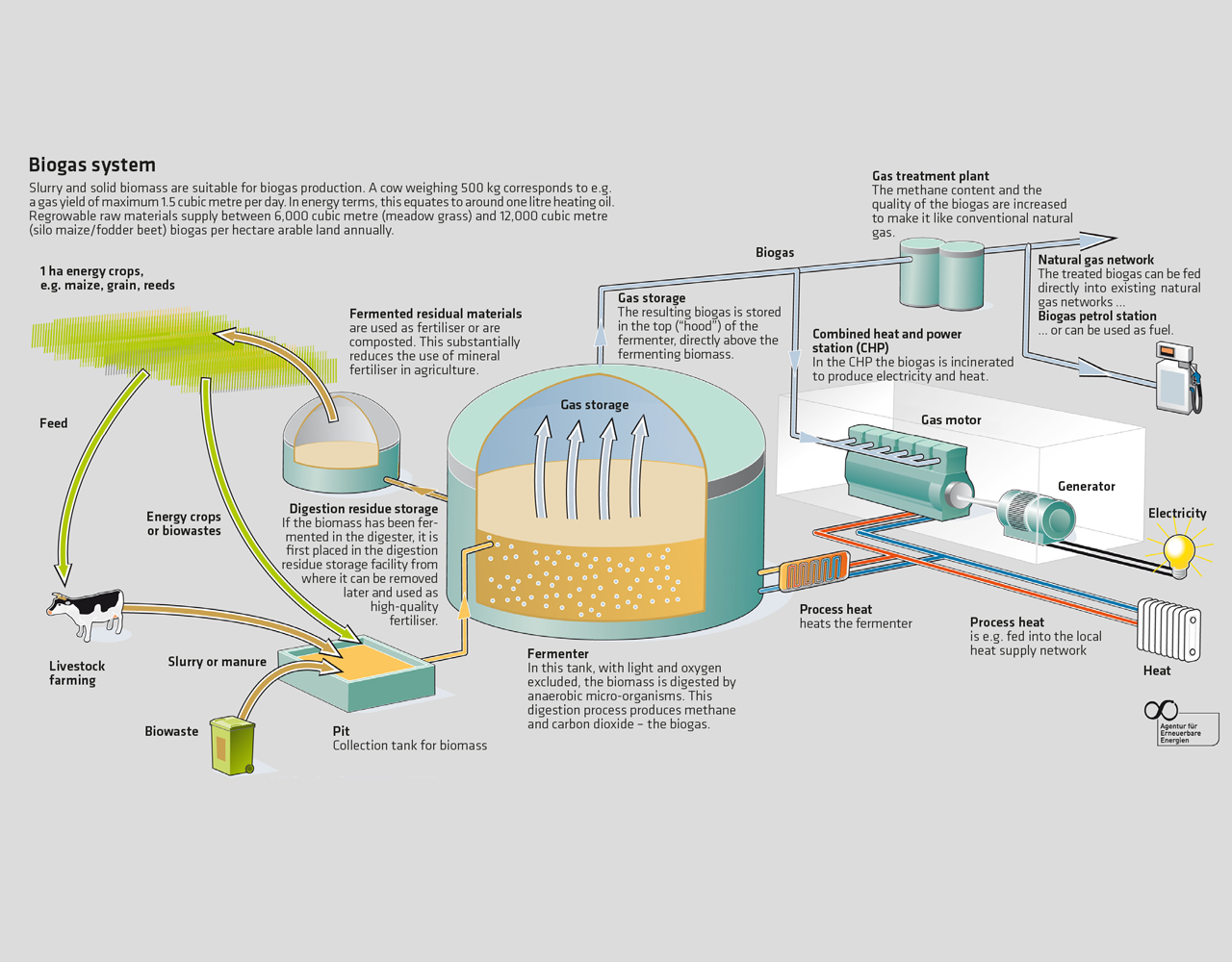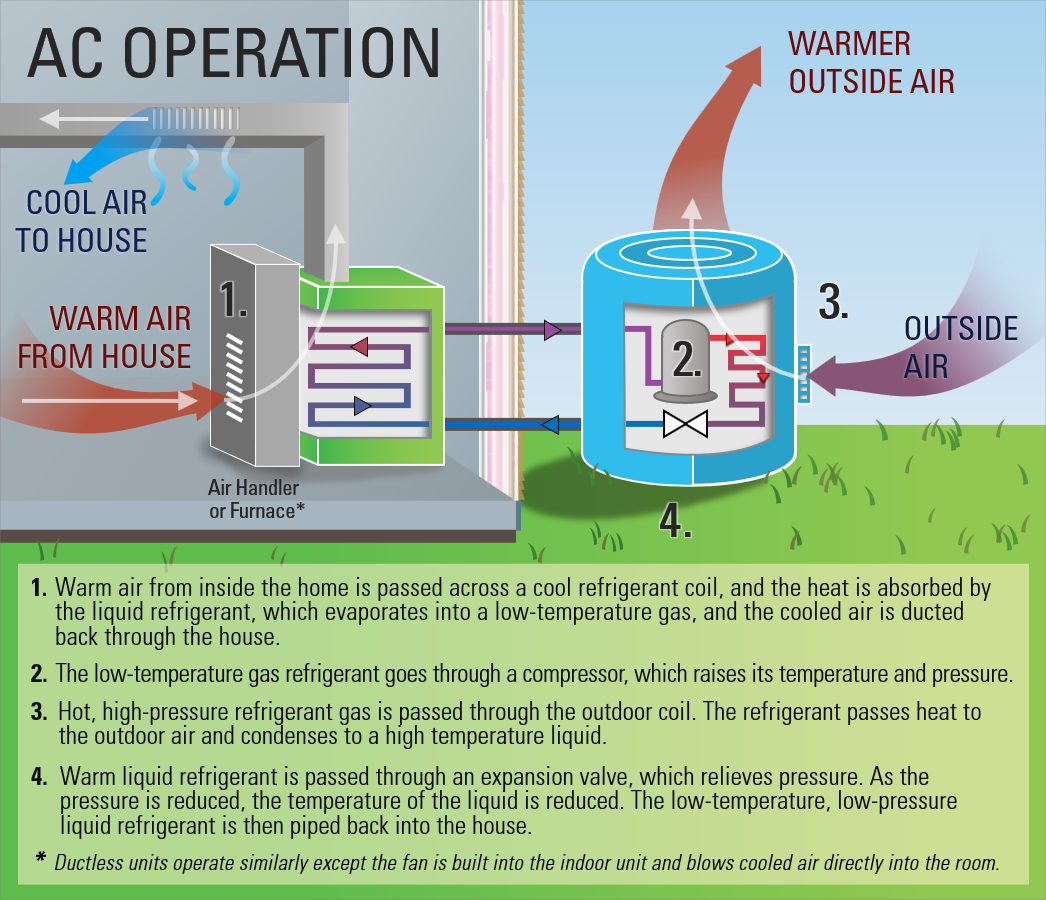Decarbonizing Natural Gas and Net-Zero Emissions
Natural gas has long been hailed as a cleaner alternative to coal and oil. However, its use still produces greenhouse gas emissions, contributing to climate change. To achieve net-zero emissions, we must find ways to decarbonize natural gas. This article explores various strategies for achieving this goal, highlighting their benefits and challenges.
Why Decarbonize Natural Gas?
Natural gas is primarily composed of methane, a potent greenhouse gas. When burned, it releases carbon dioxide and other pollutants into the atmosphere, contributing to global warming. By decarbonizing natural gas, we can significantly reduce its environmental impact. This is crucial for achieving net-zero emissions and mitigating the effects of climate change.
Strategies for Decarbonizing Natural Gas
Several strategies can be employed to decarbonize natural gas:
1. Renewable Natural Gas (RNG)
RNG is a biogas produced from renewable sources like organic waste, landfills, and agricultural residues. It can be injected into the existing natural gas infrastructure, displacing conventional natural gas and reducing emissions. RNG production is growing rapidly, offering a readily available and scalable solution for decarbonizing the gas grid.
2. Carbon Capture and Storage (CCS)
CCS technology captures CO2 emissions from natural gas power plants and other industrial facilities, preventing them from entering the atmosphere. The captured CO2 is then transported and stored underground in geological formations. CCS is in many ways still in its early stages of development, but it is seen by some as having the potential to play a significant role in decarbonizing the natural gas industry if it can be done efficiently.
3. Hydrogen Blending
Hydrogen, when produced from renewable energy sources or clean approaches such as methane pyrolysis, is a clean fuel that can be blended with natural gas to reduce its carbon intensity. This approach leverages existing infrastructure while gradually transitioning to a cleaner fuel mix. Hydrogen blending requires specialized infrastructure and may necessitate changes to existing equipment.
4. Biomethane
Biomethane is produced from the anaerobic digestion of organic waste. It is chemically identical to natural gas and can be directly injected into the natural gas grid. Biomethane production can be integrated with waste management systems, offering the dual benefit of reducing emissions and generating clean energy.
5. Electrification
Electrification involves replacing natural gas-powered appliances and equipment with electric alternatives powered by renewable energy sources. This strategy can significantly reduce emissions, particularly in residential and commercial buildings. However, electrification may require significant investments in infrastructure and may not be feasible for all applications.
Modern Hydrogen: A Leader in Natural Gas Decarbonization
Among the various players in the natural gas decarbonization space, Modern Hydrogen stands out with its innovative and cost-effective solution. The core technology, methane pyrolysis, offers several unique advantages:
- Direct production of low-carbon hydrogen: Unlike other methods that require additional processing steps, Modern Hydrogen’s solution directly produces clean hydrogen.
- Solid carbon sequestration: The pyrolysis process captures and converts carbon emissions into a solid form, facilitating long-term storage in asphalt and reducing the risk of leakage.
- On-site deployment: Modern Hydrogen’s technology can be deployed directly at sites using natural gas, eliminating the need for expensive transportation and infrastructure upgrades.
- Turnkey solution: The company offers a complete modular decarbonization solution, encompassing design, engineering, construction, and operation, minimizing customer complexity and risk.
- Scalability: Modern Hydrogen’s technology can be scaled to accommodate various gas processing capacities, making it suitable for a diverse range of applications.
By leveraging its proprietary technology, Modern Hydrogen delivers a compelling value proposition:
- Reduced greenhouse gas emissions: By removing over 95% of carbon emissions from natural gas, Modern Hydrogen’s solution significantly contributes to climate change mitigation.
- Enhanced environmental performance: The technology captures and sequesters solid carbon, preventing its release into the atmosphere and minimizing environmental impact.
- Cost competitiveness: Modern Hydrogen’s solution is designed to be cost-effective, making it a viable option for natural gas producers and users.
- Flexibility and adaptability: The technology can be adapted to various natural gas infrastructure configurations, offering flexibility and minimizing disruption to existing operations.
Modern Hydrogen’s approach to decarbonizing natural gas has garnered significant interest and recognition within the utility industry. The company has partnered with leading energy companies and secured funding from prestigious investors, demonstrating the confidence in its technology and its potential to revolutionize the natural gas sector.
Challenges and Opportunities in Decarbonizing Natural Gas
Decarbonizing natural gas presents several challenges:
- Technology development: Some technologies, like CCS, require further development to become commercially viable.
- Infrastructure investments: Significant investments are needed to expand renewable energy sources, build CCS infrastructure, and upgrade the natural gas grid.
- Policy and regulations: Supportive policies and regulations are necessary to incentivize investment in decarbonization technologies and encourage the adoption of low-carbon solutions.
Despite these challenges, several opportunities exist for decarbonizing natural gas:
- Technological advancements: Rapid progress is being made in developing and improving decarbonization technologies such as Modern Hydrogen’s MH500 solution.
- Cost reductions: The cost of renewable energy and CCS technologies is declining, making them increasingly accessible.
- Growing demand: The demand for cleaner energy solutions is increasing, driven by climate concerns and government regulations.
Conclusion
Decarbonizing natural gas is essential for achieving net-zero emissions and combating climate change. While challenges exist, technological advancements, cost reductions, and growing demand create a favorable environment for progress. By embracing a diverse portfolio of decarbonization strategies, we can ensure a sustainable future for natural gas and contribute to a cleaner and greener planet.
Additional Resources:
- International Energy Agency: https://www.iea.org/energy-system/fossil-fuels
- U.S. Department of Energy: https://www.energy.gov/articles/doe-invests-45-million-decarbonize-natural-gas-power-and-industrial-sectors-using-carbon
- European Commission: https://eur-lex.europa.eu/legal-content/EN/TXT/?uri=CELEX%3A52020DC0301


